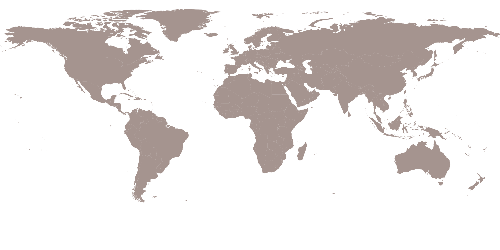Sustainable building design through passive measures
The project prioritizes sustainable design through multiple strategies, with passive measures playing a key role in maximizing energy efficiency and minimizing environmental impact. The 25-mile-long Blueway features extensive canopy trees that provide shade along pathways and public spaces while aligning open spaces with wind corridors to enhance the site’s microclimate. This improves comfort by providing natural shade and ventilation, and reduces the heat island effect. Minimizing new material consumption lowers embodied carbon, while 265 acres of reforestation sequester 55,280 tons of CO₂ annually. These efforts create a healthier, energy-efficient environment, ensuring long-term ecological resilience and well-being.
Efficient construction and operations
Many existing materials are reused or recycled to minimize construction waste, reduce material and transportation costs, and lower the project's embodied carbon. Worn asphalt from the former road is broken into small aggregates for pavements or crushed into particles for overlooks around trees. Debris from demolished buildings is repurposed into benches, reducing transportation and operation costs while preserving the site’s history. Additionally, the project commits to planting 100% native species cultivated in the region, ensuring they adapt well to site conditions, require minimal irrigation, and limit transportation needs. This approach enhances long-term sustainability while supporting a resilient and ecologically integrated landscape.
Landscape & Biodiversity Integration
The project restores an ecological network by reintroducing native plant communities from nearby mountains and promoting natural succession for near-natural forests, allowing vegetation and wildlife habitats to evolve. The blue-green system includes mountain, foothill, and riverbank corridors, along with green parks, creating diverse habitats from land to water. To enhance the river’s function, the design adapts its natural form by retaining a low water trough and creating deep pools and shallow shoals. These changes enrich the riverbed, improve hydrophilic qualities, and integrate fish channels with backwater facilities, supporting fish migration and biodiversity. Two lakes and five reservoirs will supplement environmental flow.
Land use & Transformation
The project transforms industrial land along the river into public green spaces, enhancing ecological and recreational value. Small commercial buildings are integrated into the spaces to provide services for Blueway users and activate the area. The project will drive the redevelopment of the existing residential area into a higher-density complex, freeing up more riverfront space for vegetation and public use, improving recreational value. The interwoven urban structure of development and open spaces maximizes the environmental benefits of the Blueway and the land value along the riverfront. This transformation brings environmental, economic, and social benefits, turning the site into a hub for nature, commerce, and community.








